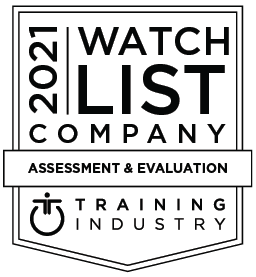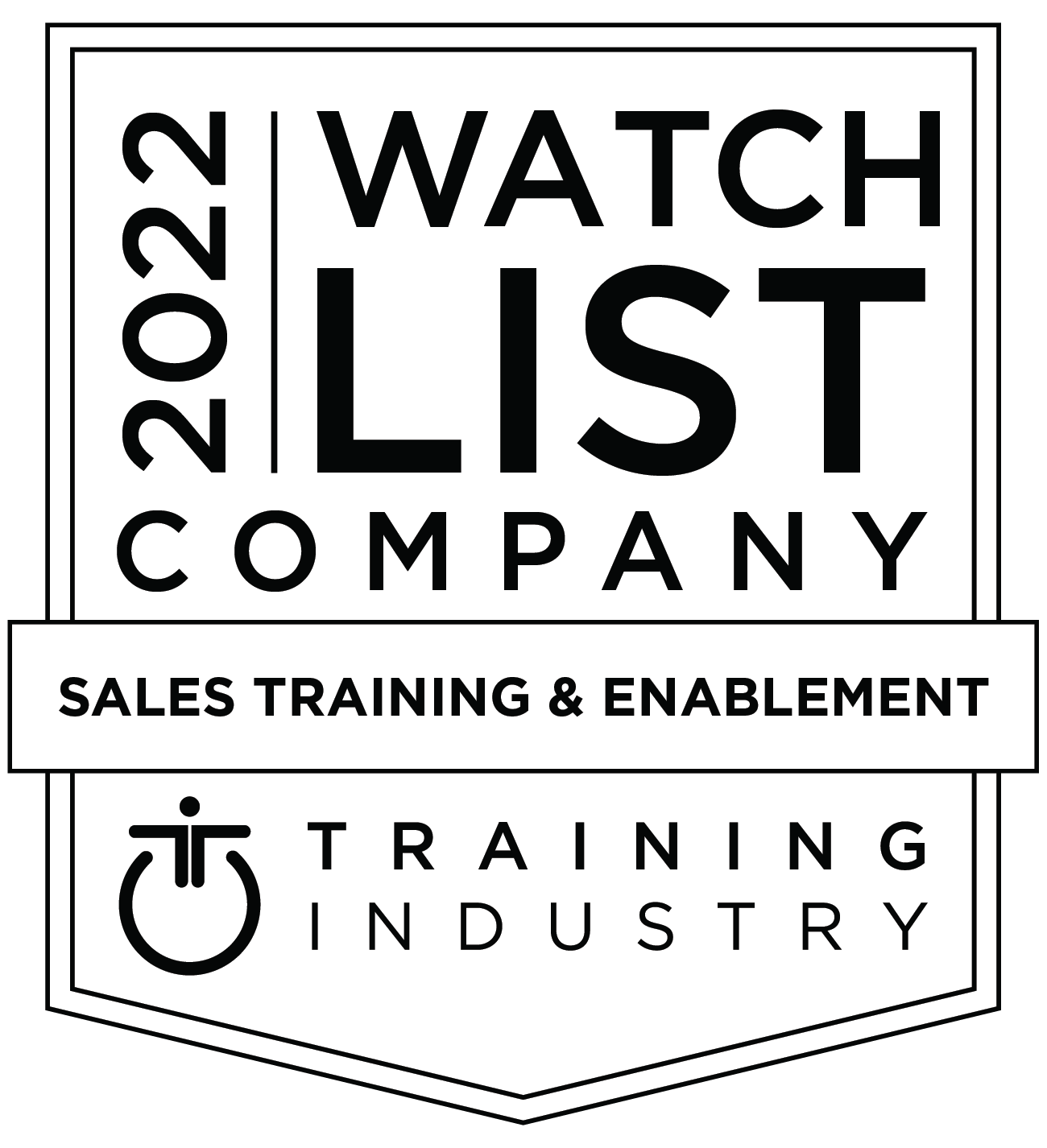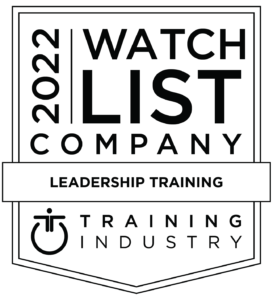Are you drowning in alphabet soup?
“Our APAC GSAMs need to more effectively communicate performance against SLAs in their upcoming Q4 QBRs with customer BDMs so they see the growth in both TCO and ROI. This not only includes improvements to MTBFs, but also in ASA, FCR, and MTTR.”
This was a customer’s response when asked about the problem he was seeking Mandel Communications’ help in solving. When asked if heavy use of acronyms might be part of the problem, he responded, “We do use a lot of TLAs and FLAs. We do try to limit their use with our customers, but they still slip out. So, now we have an ITA guide on our website where they can find their definitions.”
This would be LOL funny…whoops…I mean laugh out loud funny, if it weren’t such a common occurrence in so many organizations.
Acronyms can improve memorability.
I’ll be the first to admit that the proper use of acronyms can benefit listeners. First and foremost among their benefits is increased memorability. For example, would you be more likely to remember National Space and Aeronautics Administration or NASA? Light Amplification by Stimulated Emission of Radiation or LASER? Self-Contained Underwater Breathing Apparatus or SCUBA?
Acronyms can also help form the culture of organizations, work groups, and professional disciplines. They can even shave a few seconds off the length of many communications.
Overusing acronyms unconsciously can be damaging and abusive to listeners.
All too often, people aren’t even aware of their acronym usage, nor have they thought about the appropriateness of using acronyms with a target audience. This deadly combination can result in:
- Confusion for — and alienation of — your listeners.
- Mistakes and disagreements based on false interpretations your listeners may make.
- Cheapened listener-perceived value of your products, solutions, and/or services.
There are 3 keys to using acronyms safely and effectively.
To reap the full benefit from using acronyms, and to avoid misusing them, follow these guidelines:
- Always use acronyms by conscious choice, not habit.
- Define an acronym the first time you use it with listeners outside of your immediate work group. This applies to both spoken and written communications.
- Cut back on using so many acronyms. I made a promise to myself to do this when talking about my own company, and I’ve noticed an improvement in the efficacy of my communications.
For a fun, irreverent, and illuminating video about acronyms and initials, check out this 6 minute video by Mental Floss.










